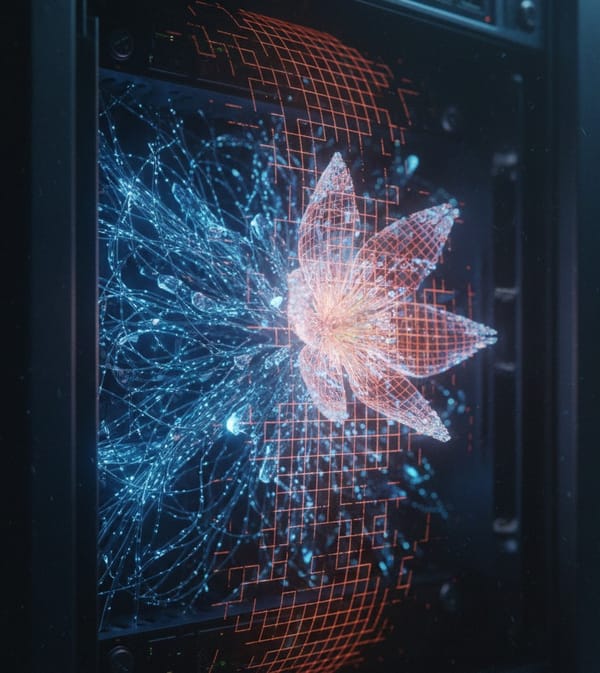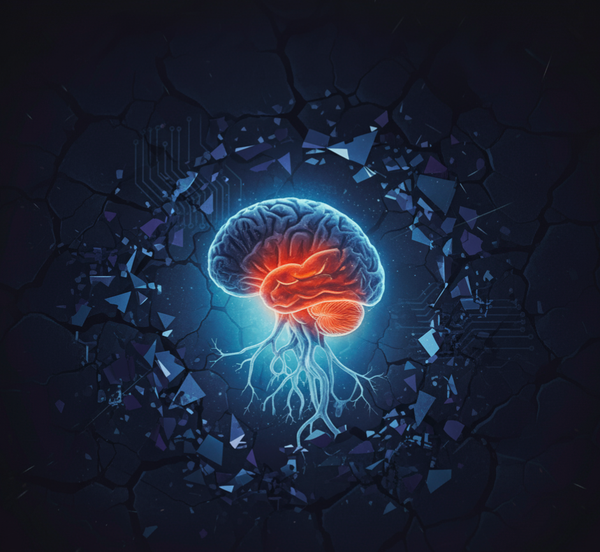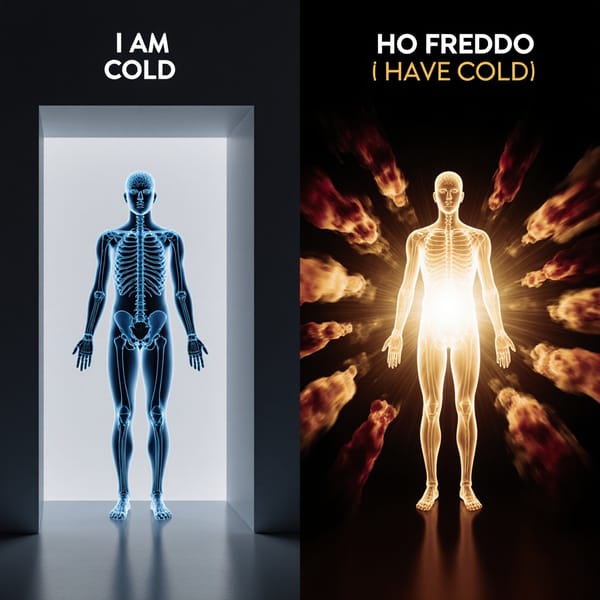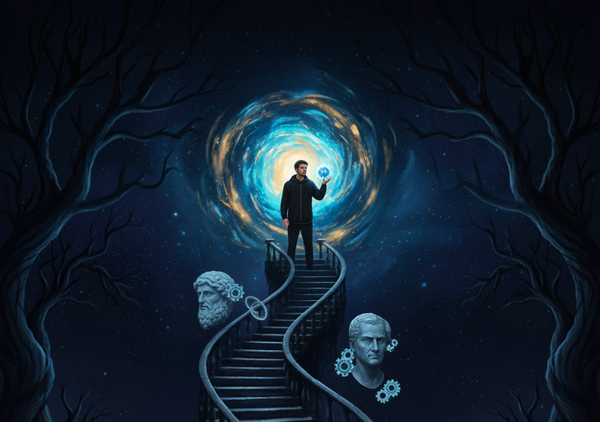The Puzzle Without a Picture: Why Geneosophy is Needed
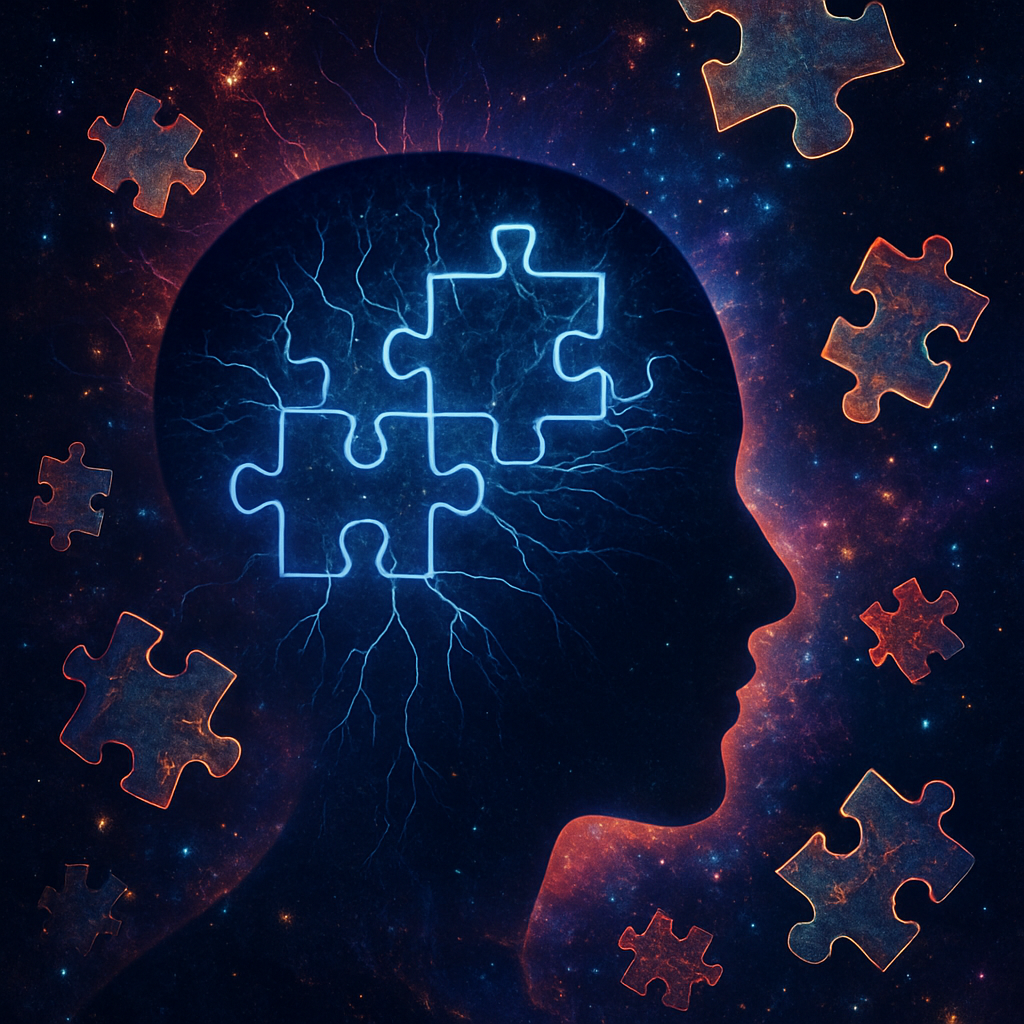
The metaphor of the puzzle can be applied to any science, though it becomes particularly vivid in neuroscience.
In neuroscience, we work with a multitude of objects considered central to the field: neurons, brain structures such as the cortex, hippocampus, and basal ganglia; and, at a smaller scale, neurotransmitters, proteins, DNA, and RNA. We can tell numerous stories about these objects — how and when a neuron spikes, how neurotransmitters are released in the synapse, or the roles of the thalamus, hippocampus, and cortical columns.
Essentially, we are surrounded by countless stories about the objects of neuroscience. Let us imagine these stories as the pieces of a metaphorical puzzle. Occasionally, some pieces seem to fit together, but most of the time we have no idea how they all connect. The pressing question becomes: how can these pieces fit together to form a coherent whole? Can we truly comprehend all these objects and behaviors within a single unifying context?
Here is the metaphor: we are trying to assemble a puzzle without knowing what the complete picture looks like. How would you attempt to solve an infinite puzzle without having even the faintest idea of the final image? Yet instead of seeking that underlying picture, we keep creating more pieces — in the belief that sheer quantity will eventually reveal the whole. Ironically, the more pieces we create, the harder the puzzle becomes to solve.
This belief assumes that by continuing to reason within the current paradigm, one more story — one more puzzle piece — will magically unify all others. We assume that the picture of the puzzle is itself a piece of the puzzle; in other words, we expect that the ultimate unifying narrative will emerge from the same traditional way of storytelling we’ve always used.
This assumption is misguided. That is why we need Geneosophy — to step outside traditional storytelling and develop the context (the picture) within which any particular puzzle can be assembled. Geneosophy provides the upstream framework for meaning, while science focuses downstream on the pieces themselves.
Science, as practiced today, operates within implicit assumptions that create an invisible wall: they allow us to generate more and more pieces, but prevent us from conceptualizing the larger picture from outside the wall. Geneosophy begins with a different assumption — one that dissolves the wall and enables us to see the puzzle’s image from above.
For those philosophically inclined, this metaphor may recall the infinite regress paradox or even hints of Gödel’s incompleteness theorems. Indeed, it does.

